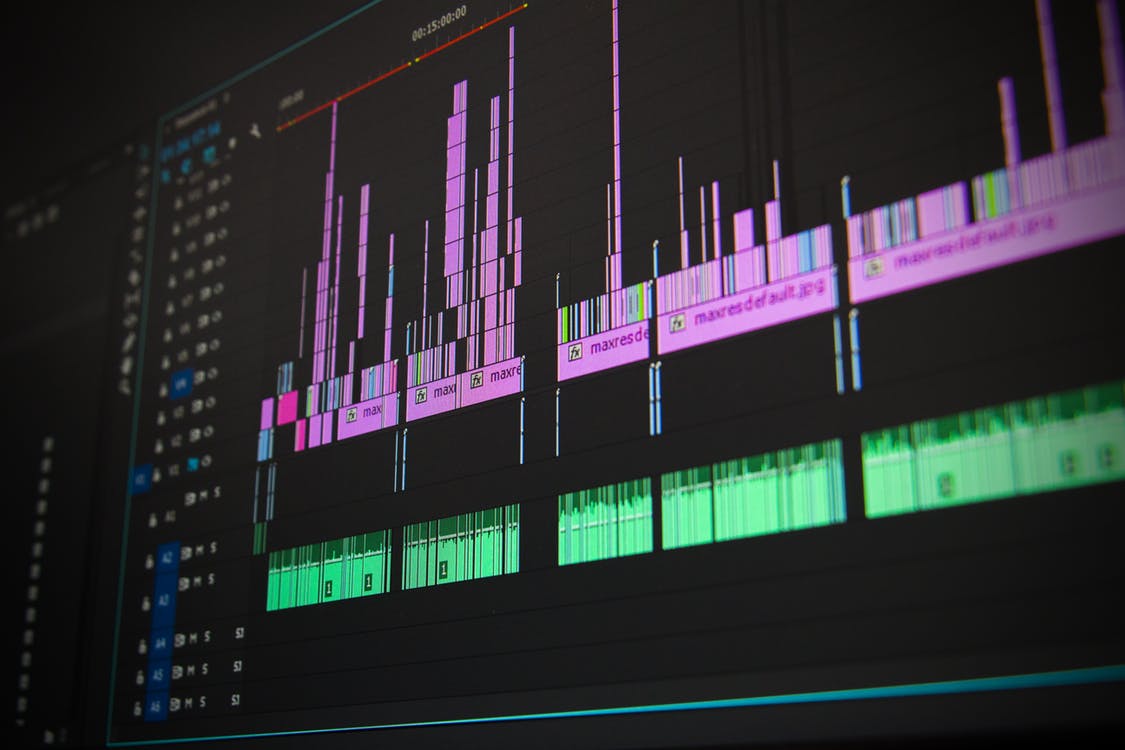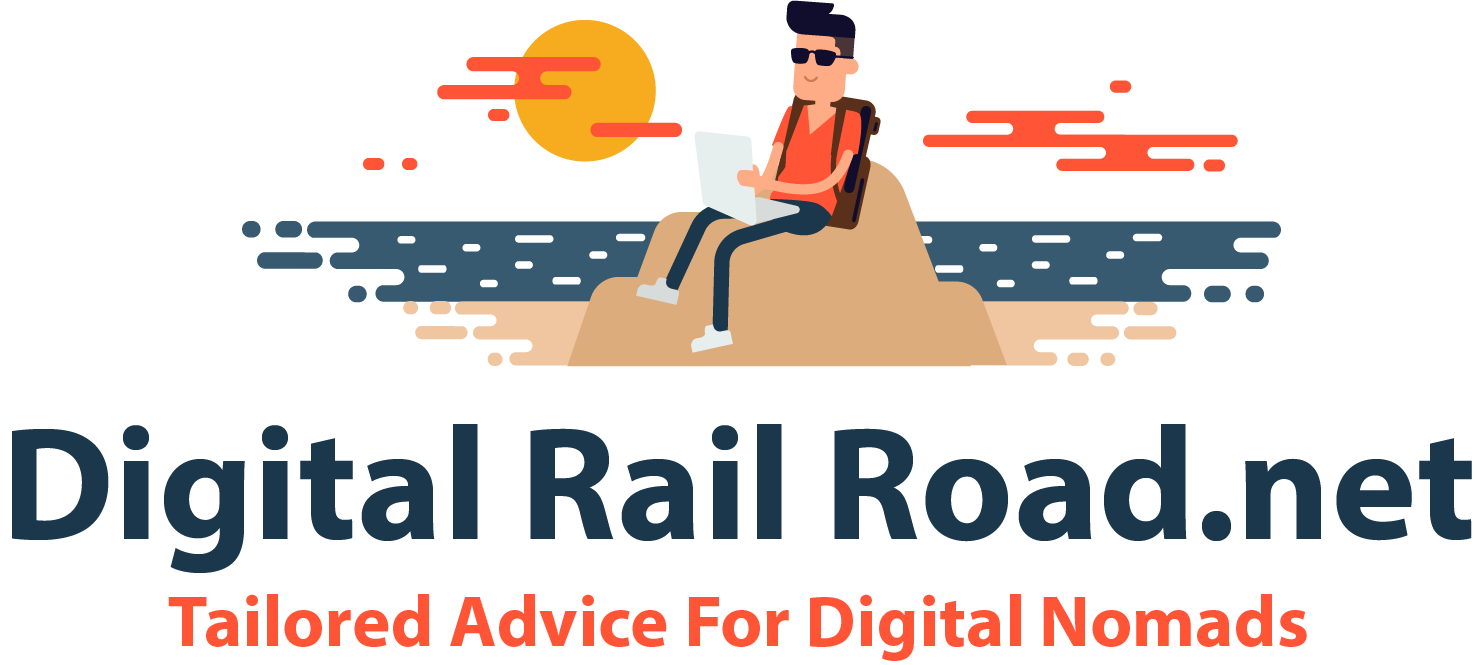 One of the awesome advantages of creating your own digital music is that you can do it from the comfort of your own house so long as you have the right equipment.
One of the awesome advantages of creating your own digital music is that you can do it from the comfort of your own house so long as you have the right equipment.
That being said, there are an abundance of mistakes that can be easy for new music creators to make, and you must identify and avoid these mistakes if success as an independent music creator is something you desperately want.
Here are the top mistakes to avoid when creating your own digital music:
Mistake #1: You Don’t Have A DAW (Or Don’t Know How To Use It)
A DAW, or Digital Audio Workstation, it an absolute necessity for creating digital music. You must research which specific DAW will work on your computer (as different DAW’s have different system requirements) and then you must spend the time learning how to use it as well.
Mistake #2: You Don’t Gather Additional Equipment
Alright, so you get your DAW and you learn how to use it. You’re one step closer to creating your own digital music, but you’re still making a critical mistake if you don’t acquire and learn how to use additional equipment as well, such as synthesizers, keyboards, and microphones. You may even want to consider purchasing actual instruments, such as drums or an electronic guitar, as well.
Mistake #3: You Don’t Listen To Other People’s Music
One of the keys to becoming a successful digital music artist is to listen to other people’s music. The idea isn’t to copy their music (that’s actually something that you want to avoid for obvious reasons), but rather to get inspiration and to find out what works and what doesn’t. Specifically, you should listen to other people’s music in the same genre that you will be creating your own music in.
Mistake #4: You Don’t Create A Bassline For Your Music
Your baseline literally serves as the foundation for your music. It consists primarily of percussion instruments (such as drums) that will be repetitive and yet catchy. This is the beat that will be in the background of your track.
Mistake #5: You Don’t Build Up Your Original Sound Library
Building up your sound library is absolutely something that you will want to do, and your smartphone will be an excellent tool to use to capture sounds (such as the leaves rustling in the wind, rain, birds chirping, and so on).
Your music library should be carefully organized just like how you would organize physical files. Organize the library with headings that describe the sounds you’ve collected (i.e. ‘nature,’ ‘percussion,’ ‘conversations,’ etc.)
You can then insert these sounds into your future tracks if you feel they would fit in nicely. Alternatively, you can download sound packs from the producer of your Digital Audio Workstation as well.
Creating Your Own Digital Music
If you want to create great professional music that would be worth marketing and selling, these are the top mistakes that you must strive to avoid at all costs.
